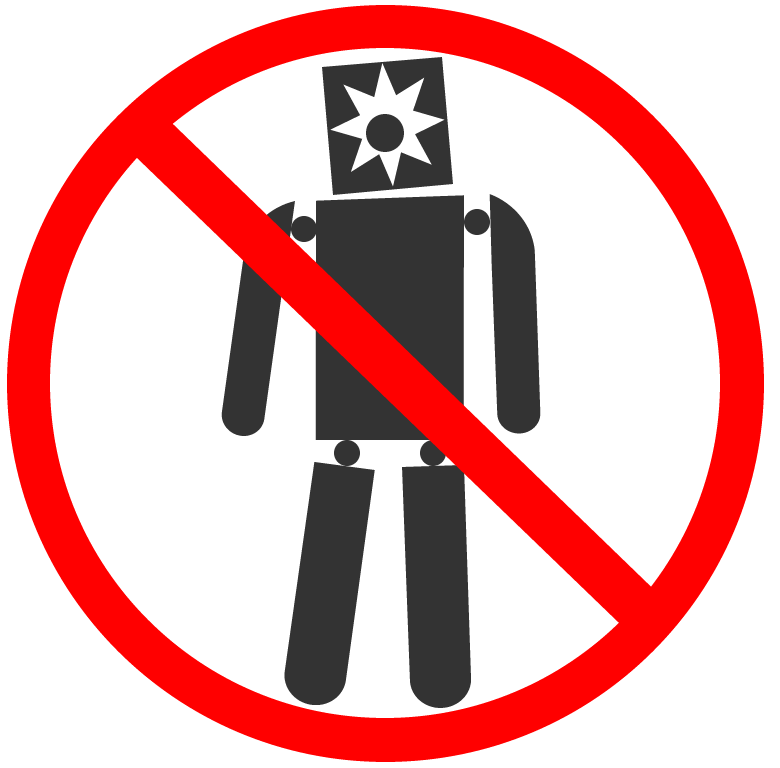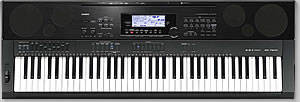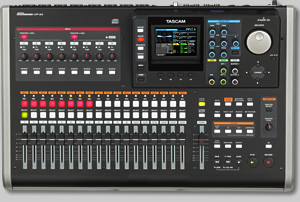
FEATURED ARTICLES
for Home Music Recording Studio
An Experience with the CASIO WK-7500
Capabilities of the CASIO WK-7500 Workstation Keyboard A must-read if you are thinking of buying one.
12V Car Battery Power Supply A compact 12V / 9V / 5V DC Power Supply for Home Recording Gear and Guitar Effects.
Recording Acoustic Guitar Strategies Part 1 A simple strategy to maximise your recording and mixing options.
Making your own MIDI Guitar Synthesizer Part 1 How to turn your guitar into a synthesizer without going broke.
Originally - Making Music Off-The-Grid (Home Music Recording Studio), was intended to document the process of setting up a modest home based Music Recording Studio and the differences relating to this Off-The-Grid approach.
Things have changed somewhat - life happened - The overall drift of this web site has now shifted to Reviews and Descriptions of the gear I use, have used and/or have repaired. This can hopefully assist others in making useful purchasing decisions and/or provide a moment or two of light entertainment.
Now I'm just looking to enjoy what's left of my life. And what's totally screwed up, is that I think I'm turning! Shock - horror - amazement - I may actually be turning into an optimist. Even CV19 leaves me unphased. It is indeed a strange universe.
- - -
While I no longer live 'Off The Grid' ... as in, NO Mains Power, the fundamentals still remain much the same. This particular music recording methodology has both considerable advantages as well as some unavoidable disadvantages, most of which will be discussed and/or explained in due course.
Just F.Y.I:
After consideration I no longer do FaceBook or Twitter. Since I haven't been able to access my MySpace account for some years, it remains in a permanent 2014 timewarp. My reasoning is simply: Social Media today exists to make money from our personal information and I refuse to play their game. If you think that tightened regulations have fixed anything, just ask yourself a simple question ... has legislation ever prevented human greed? Your Honour, I rest my case!
Please note - I have nothing against online shopping and/or advertising where people knowingly and willingly provide information - and are advised how it will be used.
Primary Objectives Include:
- Being able to firstly record and then produce professional quality CD/DVD music.
- Operate all equipment from a 12V DC power source (that is, 12V batteries).
- Avoid the use of a PC or Laptop wherever possible ( ... this one is tough).
- Set up a functional home recording studio for minimal cost (easier than you might think).
Primarily I'm a guitarist and so there is a bias towards being able to plug in and record ideas on the fly. I wanted to avoid having to boot up a PC or Laptop (and deal with the Windows operating system) every time I had an idea I wanted to put down. As it turns out however, it's really hard to avoid a reliance on some form of computer based technology.
Equipment / Recording Gear:
The choice of equipment is based on three main parameters:
- Low power consumption.
Being an Off The Grid recording setup, keeping power usage to a minimum is a high priority. Fortunately, with the shift to non-hard drive recording technologies through the use of high performance SD Cards, this is now readily achievable.
For example:
The still excellent (but now over 10 years old) Yamaha AW4416 requires up to 80 Watts of power, whereas the new Tascam DP24 PortaStudio, at 12 Watts, uses only slightly more than a light bulb. Less if you don't use the 48 Volt phantom power option for condenser microphones.
The Casio WK-7500 (76 Key workstation) is rated at 18 Watts, of which 14 Watts are required to drive the 2 x 7 Watt stereo speaker arrays. The DP24 and WK-7500 can be run together and use less than 30 Watts of power.
See also 12V Battery Power Supply to run your recording equipment and effects pedals.
- High Performance:
Since the aim is to create a professional grade CD/DVD audio product, the equipment needs to be capable of excellent audio fidelity. Fortunately the electronics required to achieve this have now had the benefit of several decades of development. Functionality and features are now the main deciders rather than the quality of input preamps and Analogue to Digital (AD) conversion stages.
It still pays to check the specifications though and read some comprehensive reviews. Preferably not reviews by the stores selling the products. All manufacturers and sellers (still) tend to exaggerate the good points and gloss over the downsides of their products. In truth, very few products will deliver all that the marketing hype suggestively promises. Expect to be at least under-whelmed and at worst sorely disappointed.
- Relatively Low Cost:
A rough target cost was set at around $1,000 per item. I chose to get new gear largely to avoid compatibility issues, while at the same time taking advantage of the lower power requirements of newer technologies. The 'bang for buck' factor also makes the cost of new equipment relatively cheap compared to the older 'pre-loved' gear. In fairness though, some of the cost savings are due to features being dropped by manufacturers ... and this is definitely not always a good thing.
Compared to the equipment I was using 30 years ago, starting with a four track Teac A3440 with 4 Dolby C encode/decode units, worth $1,500 (second hand) and later the Tascam 234 SynCaset with dbx NR worth $1,200 new ... well, there really is no meaningful comparison.
Though the level of performance today is really only constrained by your budget, what you get for your money these days is nothing short of astounding. Tascam DP24 at under AUD $1,200 and Casio WK-7500 at around AUD $700 ... brand new and with a warranty, (being five years in the case of the Casio gear).
- Casio WK-7500
- Click to read Casio KW-7500 review article
 An article/review that details a first experience with the Casio WK-7500, resulting in some unexpected surprises (not all of them good). Read this article and the accompanying Capabilities of the CASIO WK-7500 Workstation Keyboard before you purchase.
An article/review that details a first experience with the Casio WK-7500, resulting in some unexpected surprises (not all of them good). Read this article and the accompanying Capabilities of the CASIO WK-7500 Workstation Keyboard before you purchase.
- Click to read Casio KW-7500 review article
Both devices are capable of Multi-track recording, though in the case of WK-7500 (much to my disappointment), it's strictly MIDI only. You cannot record and/or edit (external/analogue) audio for use within it's 16 track digital recorder/mixer. If you are a guitarist or keyboard player interested in a new keyboard, have a look at the Capabilities of the CASIO WK-7500 Workstation Keyboard page for a hype-free and honest appraisal of this keyboard workstation's capabilities.
Neither the DP24 nor the WK-7500 are 'perfect', but together they make a quite powerful combination. With some judicious price hunting and negotiating, I was able to acquire both for a total outlay of only AUD $1,335. Not at all bad!
Incept - 121220
Wizard - 240118

